A majority of us drive motorcycles and cars. However, I bet most of us miss out on the fact that a certain amount of energy is wasted when we apply brakes our vehicles. You’re confused right.? When we apply brakes, it causes friction between the brake pads and disc. The kinetic energy of the vehicle is transferred into the heat energy. This heat energy basically goes wasted.
However, if it’s an electric vehicle or a hybrid this heat won’t get wasted. Rather, the same percentage of heat energy will be saved. This heat energy is then converted into electrical energy. Now, this new electric energy can be used to charge up the EV. Sounds interesting.? In this post, we will discuss how the Regenerative braking system works in electric vehicles.
Regenerative Braking Explained
This is an advanced braking system you will see in the HPEVs and full-electric EVs. However, you cannot really use it as a standalone system of braking in electric vehicles. It acts as a supplementary for the conventional braking system. As its name suggests, this system regenerates the energy to run the system.
EVs run on electric motors. The motor controls the EV and at the same time performs the braking as well. When the motor runs, it converts the electrical energy into mechanical energy. This is how electric vehicles run.
Electric Motor Performing the Braking
Now when the driver of an EV applies the brakes, the motor now behaves like an electric generator. It starts running in the reverse direction.
The wheels will transfer the kinetic energy into the generator. In the process, the kinetic energy converts into electrical energy. this electric energy gets to the batteries present in the car. Now, the batteries can charge from this energy. This is why the name regenerative.
You May Also Like,
- How Sentry Mode in Tesla Cars Work.?
- Different types of Electric Vehicle Cooling Mechanism
- Electric Vehicle Buying Guide: Choosing your Perfect EV
- Autopilot System in Tesla cars Explained
To make things more clear you can watch this YouTube video on the regenerative braking system.[Courtesy–Bosch Mobility Solutions]
Drawbacks of Regenerative Braking
Every piece of technology comes with its downsides. This braking system is no different. Let’s check out what are the possible drawbacks when we use this kind of braking.
It is quite effective in a stop-and-go scenario. This means, let’s assume that you are stuck in traffic. Then you will drive for some point and then apply the brakes. It indicates that regeneration braking is effective only when the EV is driving at a certain speed limit.
Secondly, the braking process is slower than conventional braking. So, that’s why the regenerative braking cannot be the standalone braking system. It has to work along with the regular braking.
so, that was all about how the regenerative braking system works on an electric vehicle. If you want to read more such interesting stuff, then keep following EVLens. Also, follow us on our social medium to get all the latest updates about electric vehicles.

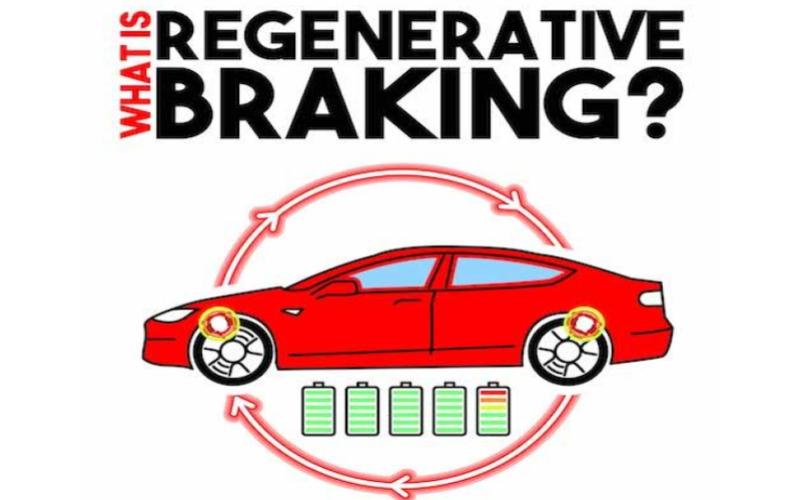
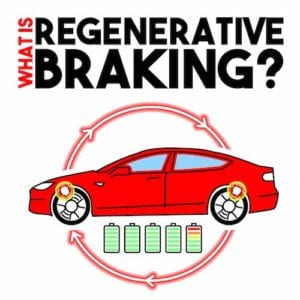
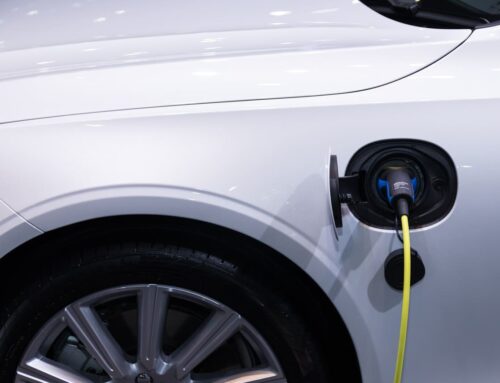
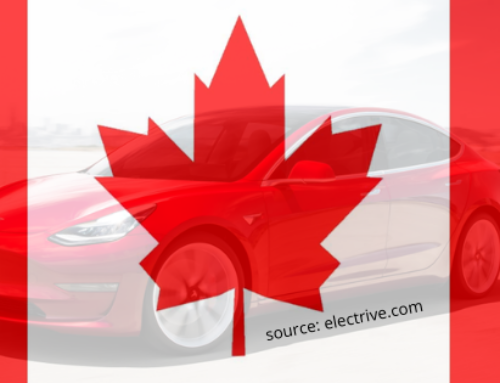
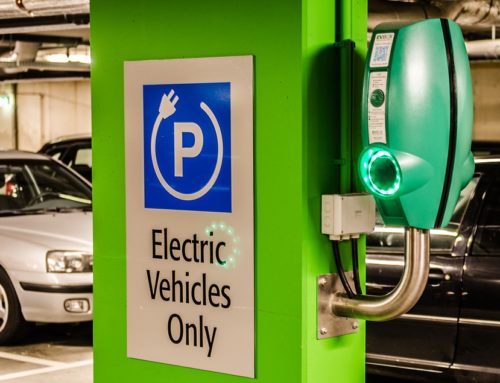
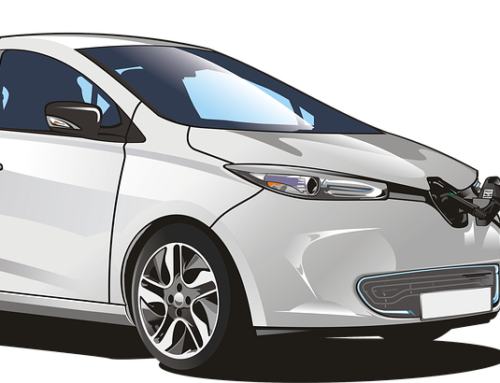
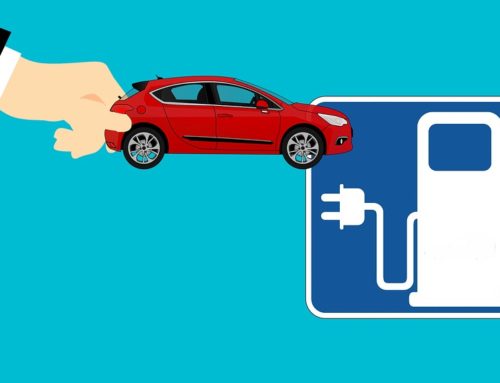
Leave A Comment